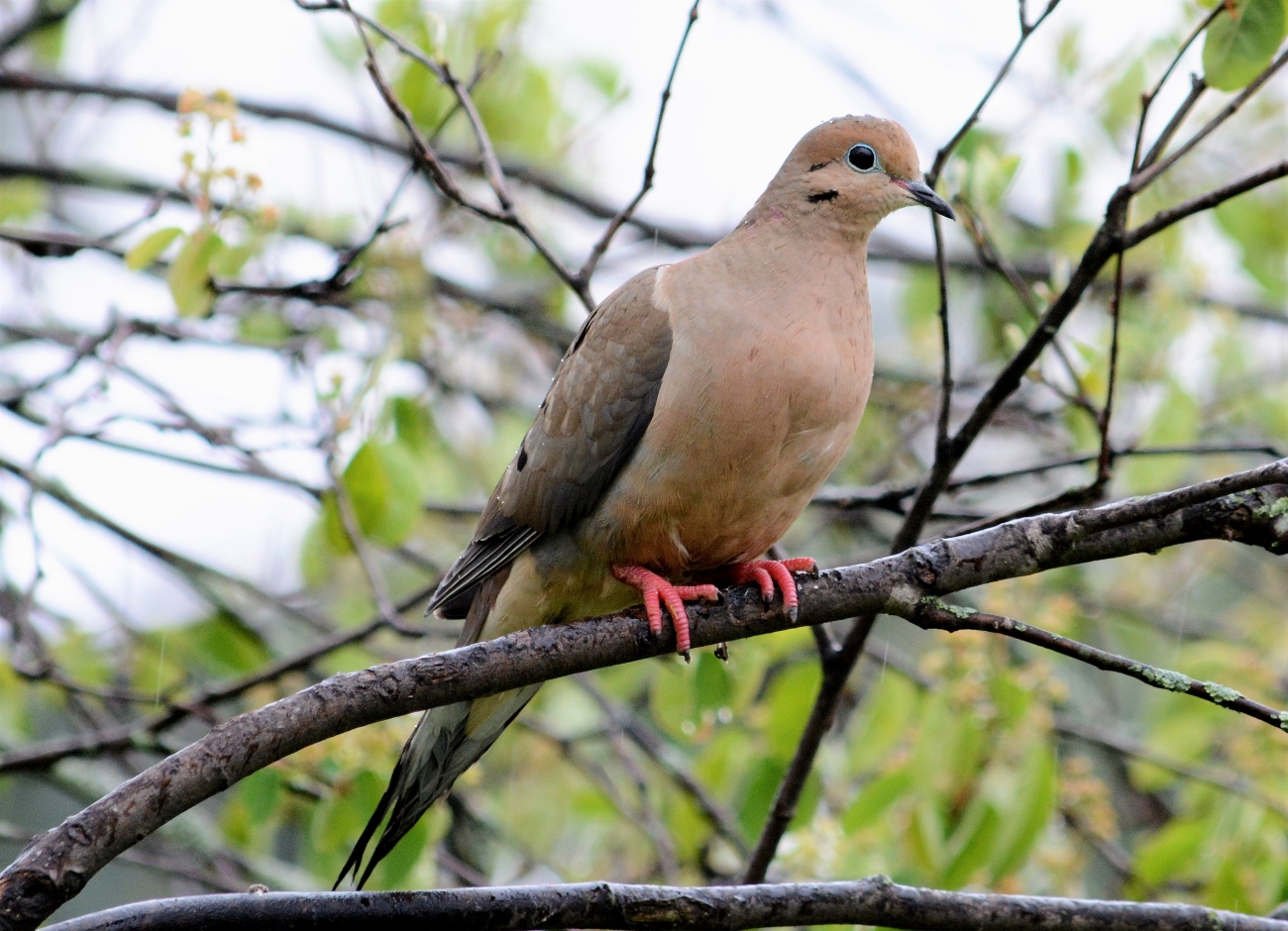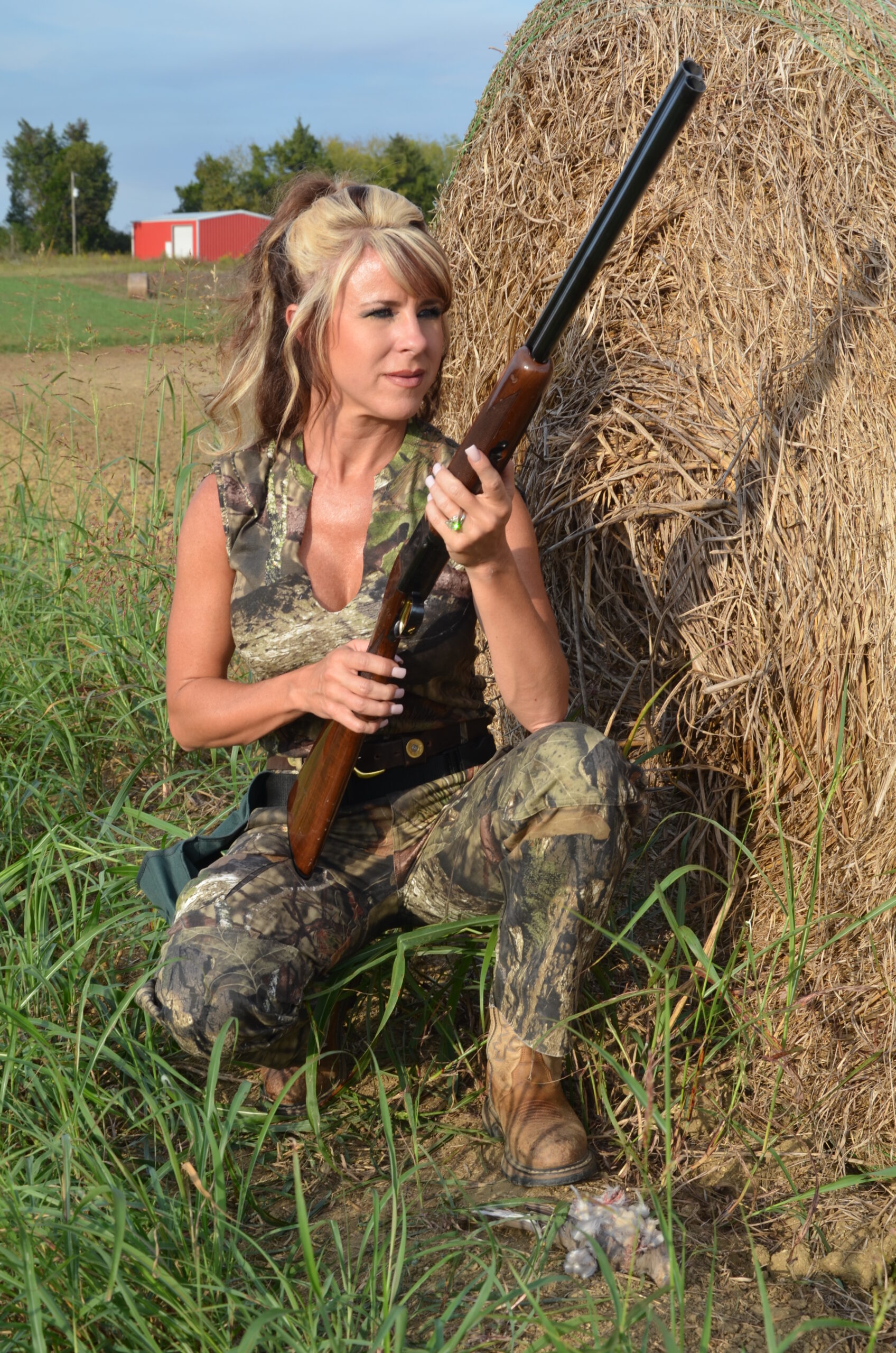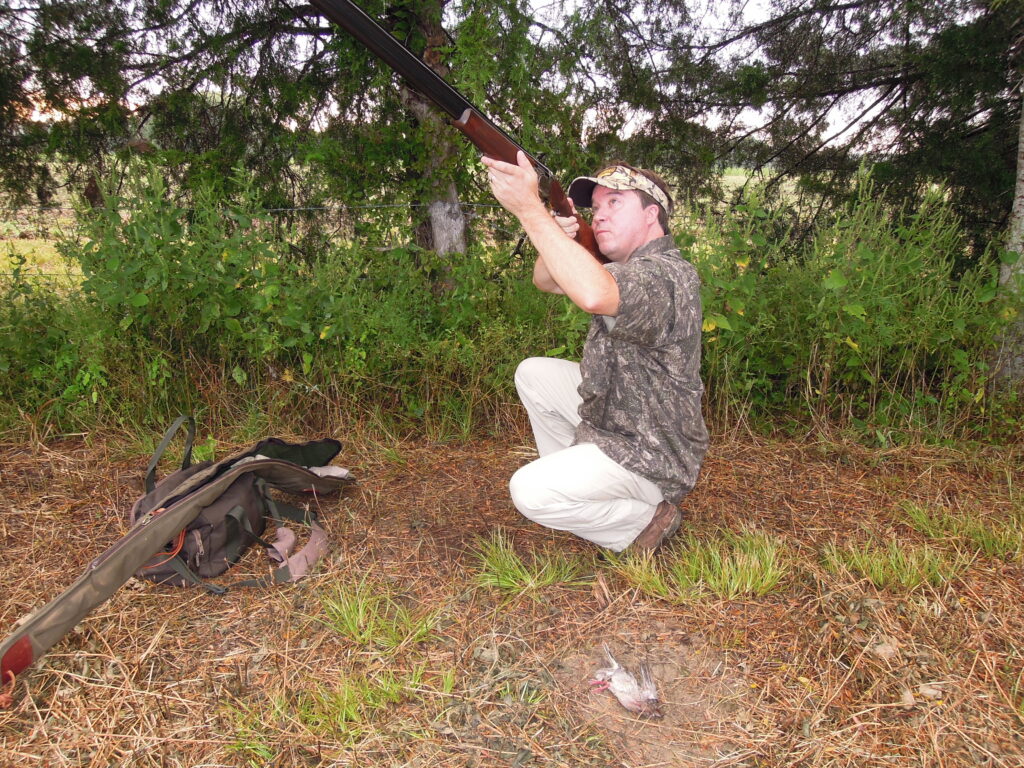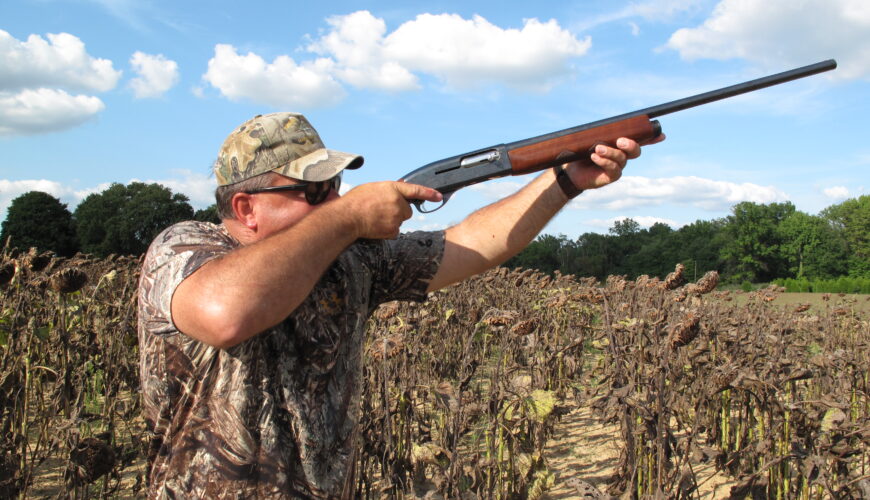Tactics
National Deer Association’s 5 Top Tips for Late-Season Deer Hunting
December 17, 2025 •iSportsman Staff
July 2, 2025
For many landowners, “dove season” begins months before the shooting starts as they prepare their properties to attract and hold birds.
With new lands, first seek expert technical help. Many state wildlife offices and local agricultural agencies provide technical advice on how to prepare fields. Universities, such as the Mississippi State University Extension Service or The LSU Agcenter in Louisiana, can send experts to examine properties, conduct tests and make recommendations on what to plant and when and how to maintain it.
“I highly recommend people get some professional technical advice before starting something on any piece of property,” advises Aaron Barton of Barton Outfitters in Oxford, Miss. “They can test the soil pH, make recommendations for fertilizer, give advice on planting schedules and other things to make a good dove field.”

The mourning dove is the most common type of dove hunting in the U.S. Jim Hudgins/USFWS Photo
Dove need four basic requirements: food, cover, water and grit. When preparing properties for dove hunting, concentrate on providing food. When birds find where they can eat, they stay around longer or keep coming back. The small birds mostly eat seeds but sometimes consume bugs or other invertebrates.
“About 99 percent of a dove’s diet consists of seeds, mainly wild grass, herb and weed seeds,” explains Seth Maddox, assistant chief of the Wildlife Section for the Alabama Division of Wildlife & Freshwater Fisheries. “They also eat cultivated grains such as corn, millet, sorghum, also called milo, and even peanuts and cotton seeds. Occasionally, they’ll eat berries or maybe even something like snails for calcium.”
A weedy field can usually provide all the seeds doves need. To enhance a field, plant browntop millet. This plant produces more seeds per plant than some native weeds.
“Doves are strict granivores,” comments Dr. Jeffrey P. Duguay, the Louisiana Department of Wildlife and Fisheries Director of the Research and Species Management Branch. “A weedy field with lots of crab grass, sprangletop, barnyard grass and similar weeds provides abundant seeds that doves like to eat.”
With tiny legs, birds can’t feed if they can’t find food. The diminutive birds need bare open dirt under protective leafy canopies to hide them from hawks and other predators. They won’t come to forest floors with thick debris on the ground. Sunflower or cornfields offer doves prime feeding conditions and overhead cover. Some people alternate rows of corn with rows of sunflowers or add millet in sections.
“Doves don’t walk around scratching the dirt,” Duguay says. “If the land has a thick litter layer on the ground, doves won’t be there. Mourning doves feed on the ground, but white-winged doves especially like sunflowers. They land right on those big heads and eat the seeds right on the heads. We’re seeing more white-wings in Louisiana every year.”
Native to Mexico, Texas and the southwestern states, white-winged doves began spreading farther northward and eastward in recent years. Slightly larger than mourning doves, white-wings exhibit distinctive white trailing edges on their wings, making good field marks.
“White-winged doves are ever expanding their range eastward,” Maddox confirms. “We have a bunch of them in southwestern Alabama. They mix in with mourning doves.”

Hay bales, uncut rows of corn and powerlines help a hunter to break up their silhouette when sitting along an ag field. John Felsher Photo
On large tracts, landowners might prepare alternating fields, some for opening weekend and some for later in the season. That way, no field receives too much pressure.
“A landowner needs to decide whether to just hunt opening weekend, a later split or all season,” Duguay says. “That will determine when to start planting. Different plants take different amounts of time to grow and produce seeds. For example, browntop millet, a common plant in Louisiana, takes 60 to 90 days to mature. For opening day in September, someone must plant browntop millet by the first week of June.” Even if it’s too late to get it to full growth by the dove opener, there’s still time to plant sunflowers or millet, which can keep dove coming to your field throughout the later part of the season.
Doves typically won’t come to stubble fields. Burning eliminates stubble and other clutter at ground level, making it easier for doves to feed. Don’t burn too early before the season begins. Burn part of a field about two weeks before opening day. The next week, burn another strip to keep doves coming to the property.
The birds like open areas, not forests, but they do need resting areas. After feeding, doves commonly sit high in trees or on powerlines overlooking fields or watering holes watching for danger. Some landowners erect mock power poles and run fake powerlines between them to give doves perching places. Trees or bushes around field edges create more places for birds to land, watch for predators and rest. During the season, sportsmen can use this cover to hide from doves as well.

Dove like to perch on powerlines or tree limbs overlooking a field where they can watch for danger. Set up along the edge of a field to keep hidden and maximize shot opportunities. John Felsher Photo
Toothless doves can’t chew seeds so they must swallow them whole. Therefore, the birds ingest small pebbles, gravel or sand to help break up hard seeds. Adding a couple grit piles around the property could attract more birds.
After eating, doves also need water to further aid their digestion. On land without standing water dig some small ponds and use the dirt for grit piles. The small birds don’t need much water. During the season, a sandy beach along a small pond near a grit pile makes an excellent place for an afternoon hunt. You can also take some smaller stock tanks and bury them right at the surface of a field near good perch trees or within shotgun range of cover. Leave the ground bare around the tank and keep it filled with water.
Before planting or otherwise manipulating any field, study federal and state game laws. Keep everything legal to avoid baiting citations later. There are strict laws for what can and cannot be done in a field where you are hunting, so make sure you know the laws. You can always contact a state game biologist or conservation officer for clarification.
There’s a lot you can do now to prepare for those first shots that are still more than a couple of months away.
